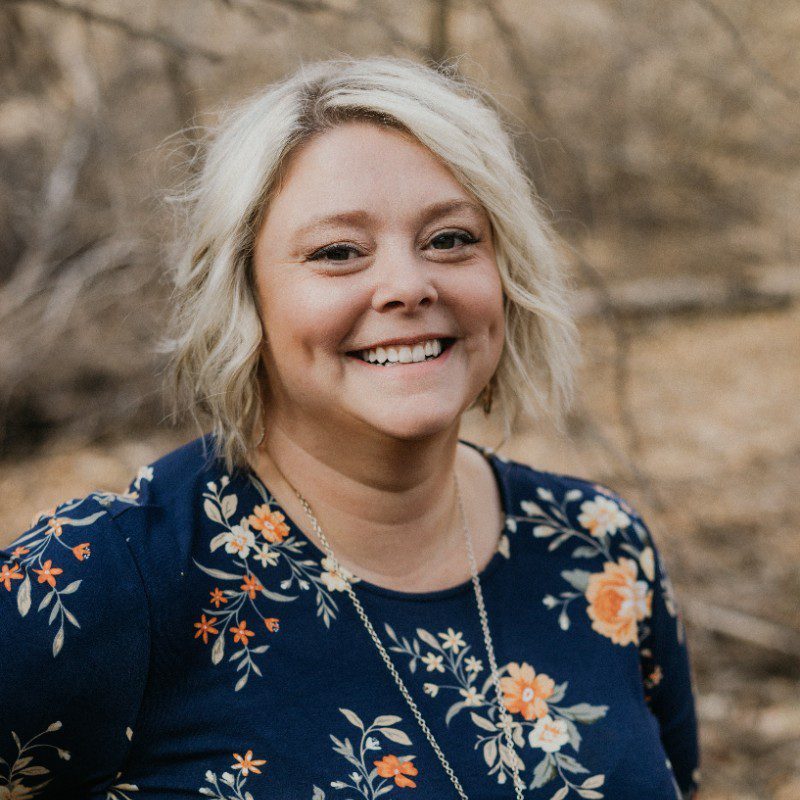Keeping Cash Flow in Balance Strengthens Healthcare Practices
Cash Flow Statement Clarifies How Money Flows In and Out
Healthcare providers, like all business owners, must understand how cash is being spent in order to maintain a healthy cash flow for their practices.
“Cash flow” refers to the net amount of cash and cash equivalents that is transferred in and out of a business and is detailed in the cash flow statement contained in the monthly financial statement.
Some people confuse the cash flow statement with the profit and loss (P & L) statement. But it’s important to remember that cash flow isn’t the same as profit. Cash flow measures the money that goes in and out of a business during a specified period of time. Profit is the amount of money left over after a business has paid its expenses. Broadly speaking, payments from patients and health insurers represent cash inflows, and outgoing payments to lenders and suppliers represent cash outflows. Keeping the inflows and outflows at a healthy balance ensures a practice is able to pay its bills on time, including payroll, vendor bills and debt service. But sometimes things get out of balance and corrective actions are necessary to avoid financial stress.
Cash Flow Statement
To keep things at a healthy balance, make a practice of reviewing the monthly cash flow statement for your practice. It summarizes the difference between cash and cash equivalents and breaks activity into three categories:
- Operating activities have the largest impact on the statement. This section details the cash a business requires to run each month.
- Financing activities detail loan advances and payments and owner distributions.
- Investing activities explain interest and dividends received by the practice.
The cash flow statement tells a healthcare practitioner where the practice is spending money. If the practice carries heavy debt, the impact of the monthly debt service will be clarified on the cash flow statement. If daily operational costs for payroll, repairs or small equipment are unusually high, the cash flow statement will clearly show the impact on your ability to borrow money or pay for other items. If your emergency fund or cash on hand is unusually low, examining other items on the cash flow statement can reveal ways to bring things back into balance.
For instance, inventory may have a significant impact on cash flow in certain types of healthcare practices. An optometrist may keep a large inventory of contact lenses and eyeglass frames in stock, and a dentist may keep a supply of toothbrushes, toothpaste samples and floss to give patients after their regular cleanings. But a primary care doctor would have less need for inventory. So different types of healthcare practices may have very different cash flow pictures.
Inventory also may fluctuate from month to month. It may be high in December when many patients schedule elective procedures late in the year, after they’ve fulfilled their deductibles and they can spend down their flex accounts.
If your cash flow becomes strained during certain months, you may need to look at inventory and determine if it’s consistent throughout the year. If you have slow months when fewer patients come in, cutting back on inventory purchases during those months may help. But keep in mind that the current supply chain problems affecting many industries may affect you, too, so before you adjust inventory, talk to suppliers and get assurances that you will be able to get the supplies when you need them.
Warning Signs
Certain warning signs – like not having enough cash on hand to pay bills – suggest it’s time to analyze the cash flow statement to see where the problem lies.
- Accounts receivable (AR) – If your cash flow statement shows your AR has increased every month for the past six months, that’s a warning sign. Why are you not collecting from patients or payers? Are you collecting but the payments are not being posted correctly? Are you filing insurance claims in a timely manner, and are insurers paying in a timely manner?
- Accounts payable (AP) – How much should your monthly payables be? If the figure is too high, what’s happening? Is everything being posted correctly? Are you paying employee withholdings to the proper tax authorities and benefit providers on time?
- High owners’ distributions – Is the cash paid to you or other owners as distributions excessive, compromising the ability of the business to pay bills out of the cash reserve? Or is the business paying for expenses on behalf of the owner(s) above what the available cash reserve can cover? Since owners’ distributions are made out of the cash reserve, the distributions must be considered as part of the cash flow plan.
Corrective Actions
Corrective actions to solve cash flow problems depend largely on the type of problem and the type of healthcare practice involved. That being said, heavy debt is often a cause of cash flow problems in healthcare practices. Paying high debt service every month drains cash out of a practice and drives up interest costs. Some debt is necessary for a healthcare practice but committing to a reasonable level of debt service for the size and type of practice you have is critical to maintaining a healthy cash flow.
A benefit to understanding the statement of cash flows is maintaining a healthy balance between cash left in the company and distributions to owners.
Make sure your cash reserve is aligned with your business goals. Determining the average monthly cash used for daily operations, the operating activities section, is the first step in deciding the minimum cash reserve amount. But beyond that, some practice owners want to keep enough cash on hand to cover emergency equipment purchases or repairs. Others may be comfortable financing those costs.
If you would like to discuss cash flow solutions for your healthcare practice, contact your Adams Brown advisor.

